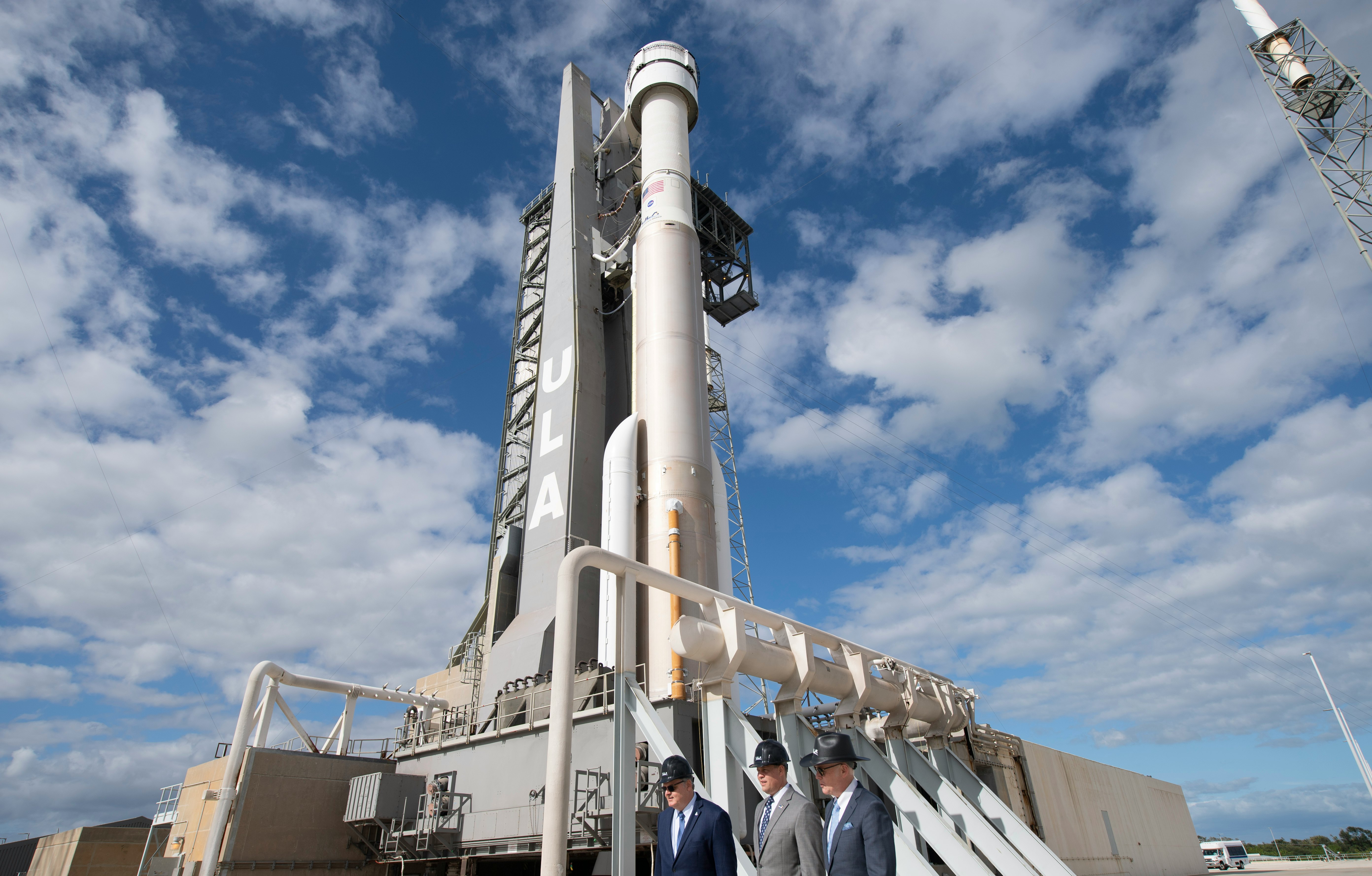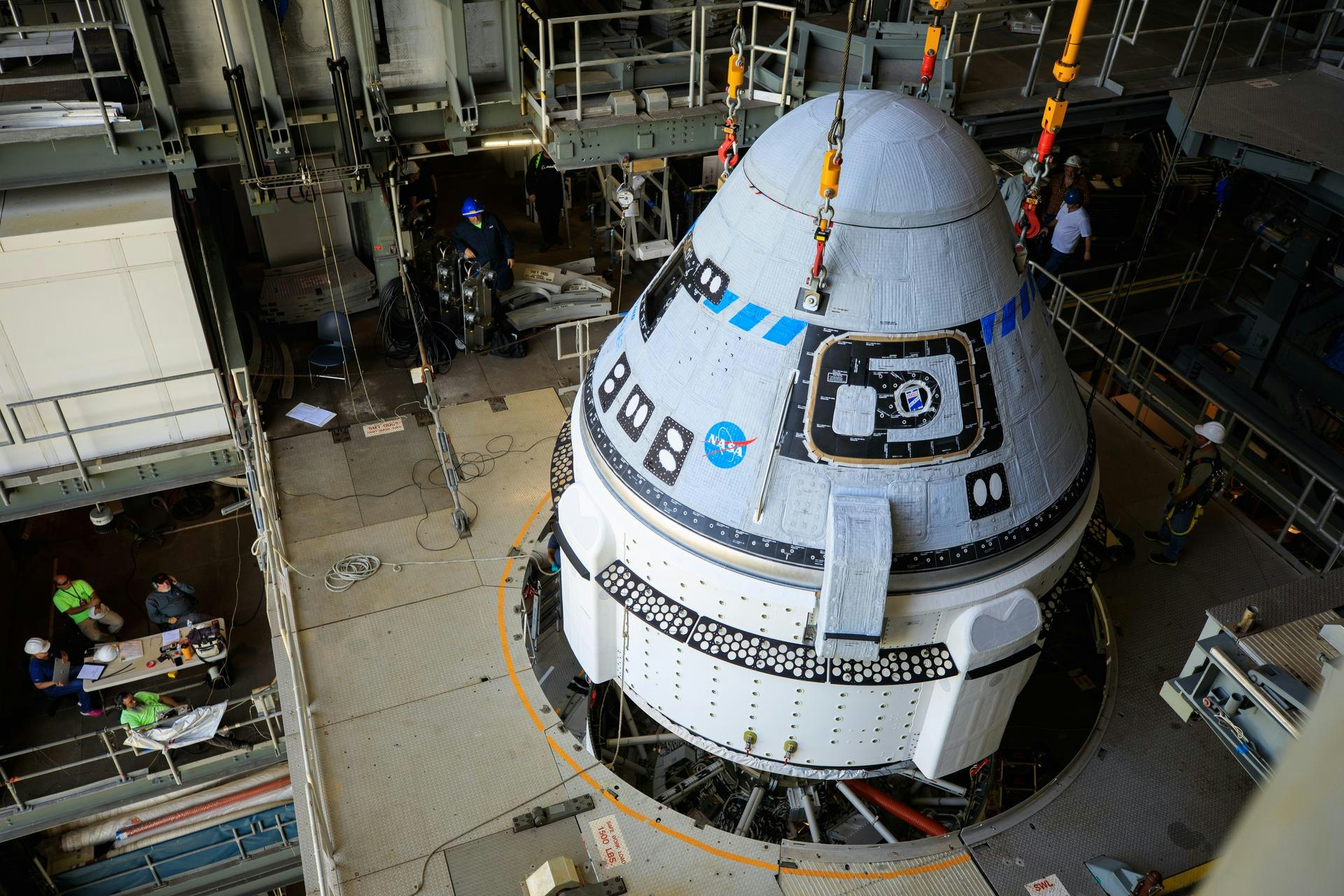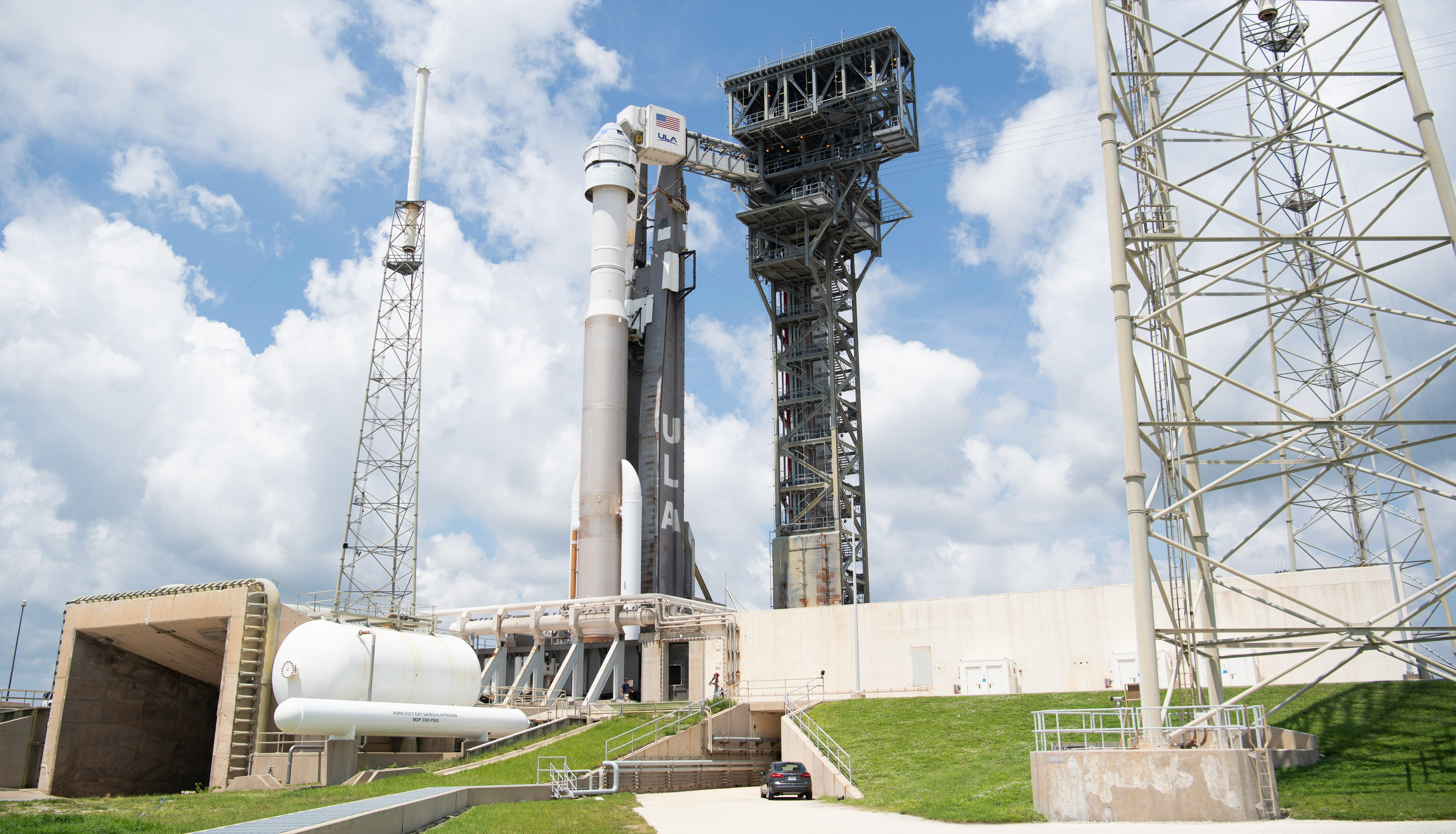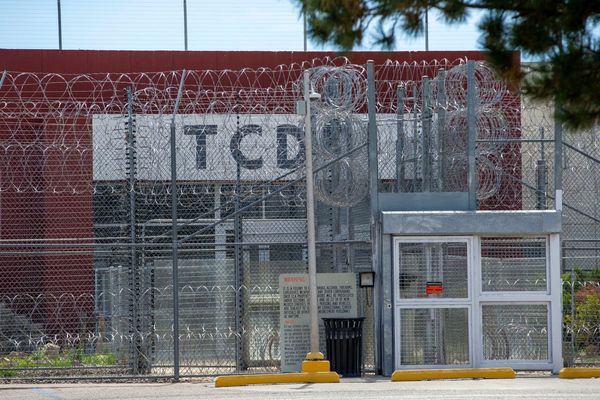
Boeing will launch the second orbital test of its Starliner capsule on May 19. Orbital Flight Test 2 (OFT-2) is a much-anticipated mission, aiming to succeed where OFT-1 failed.
The aforementioned flight test was plagued by two critical navigation issues with the CST-100 Starliner spacecraft. Three years later, Boeing hopes to prove their system with a successful launch, orbit, and docking at the International Space Station (ISS). If all goes according to plan, Starliner will successfully deliver 500 pounds of cargo to the ISS and set the stage for the Starliner’s first crewed mission to the station later this year.
Boeing’s Starliner program is a vital component of its space program in the coming years. The Starliner is in stiff competition with SpaceX’s Crew Dragon to transport astronauts to the ISS — but unlike Starliner, Crew Dragon has carried five missions to the ISS, most recently Crew-4 and the Axiom-1 private tourist mission. As a prerequisite to carrying crews to orbit, Boeing must prove the safety of its launch system. This includes critical orbital missions like OFT-2 that must take place before any astronauts can launch aboard the capsule.

OFT-2 launch specifications
The launch vehicle consists of a Boeing CST-100 Starliner spacecraft attached to an Atlas V rocket. Starliner rests atop an Atlas-Centaur upper stage with the help of a launch vehicle adapter (LVA) and an aeroskirt, which mitigates shockwaves created during launch. This aeroskirt is the same diameter as the Starliner and hangs over the edge of the Centaur upper stage. In total, the launch vehicle stands 172 ft (52.4 meters) tall.
The Atlas V is powered by a single, powerful RD-180 engine on the booster stage, along with two Solid Rocket Boosters (SRB) attached alongside. Combined, this engine configuration will provide roughly 1.5 million pounds of thrust. Comparably, the Centaur stage can produce approximately 22,600 pounds of thrust through its dual RL10A-4-2 engines. The United Launch Alliance will soon phase out the Atlas V in favor of the Vulcan rocket due to many factors, including the RD-180’s Russian origins.
OFT-2 launch date, time, and schedule
The OFT-2 mission will launch no earlier than 6:54 p.m. Eastern time on Thursday, May 19. The Atlas rocket will lift off from NASA’s Space Launch Complex-41 in Cape Canaveral, Florida. If the launch cannot occur on the 19th, May 20 is a backup launch date. You can watch the launch through NASA’s standalone broadcast, which will start at 6 p.m. Eastern time, roughly one hour before the launch of OFT-2.

OFT-2 mission timeline
Atlas V will lift off from Cape Canaveral at 6:54 p.m. As the rocket ascends into the sky, it will perform a pitch-over to align itself along the mission path. Atlas V will also vector its thrust to roll over the rocket into a “heads-up” position so that any potential astronauts would be seated upright.
- The rocket will reach the speed of sound (Mach 1) at T+1:05.
- At T+2:20, the SRBs will jettison to the sides of Atlas’ booster.
- At T+4:29, Atlas’ booster stage will shut off its engine, and the Centaur second stage will continue alone with Starliner. Atlas V will burn up in the atmosphere, along with the two SRBs.
- At T+4:41, Starliner’s Ascent Cover will Jettison itself from the capsule. This aerodynamic shield streamlines Starliner by reducing drag in the atmosphere, but is dead weight in space. Centaur’s dual engines will fire up and set the system on a suborbital trajectory shortly after. This ensures that if navigation systems fail aboard Starliner, it will naturally return to Earth off the Australian coast.
- At T+5:05, the aeroskirt will be jettisoned
- At roughly 12 minutes, the main engine cutoff (MECO) of Centaur’s engines will occur, preparing Starliner for separation
- At T+14:50, the Starliner Spacecraft will finally separate from Centaur and begin its journey to the International Space Station
- Remotely guided by NASA mission control in Houston, Starliner will dock with the Space Station at 7:10 p.m. Friday, May 20.
OFT-1 vs. OFT-2
Nearly three years ago, OFT-1 aimed to accomplish the same goals as OFT-2. Although the Atlas V rocket inserted the Starliner capsule into a perfect trajectory, the capsule’s navigational systems believed “it was in an orbital insertion burn.” Despite this failure, mission control was able to safely return Starliner to Earth. Over the coming months, inspectors found that the capsule had encountered two critical software issues.
Comprehensively inspecting and fixing the navigation system for a complex spacecraft is no easy task, which is one of the reasons why a second orbital test has been so delayed. Unrelated issues forced Boeing to scrub the intended second launch in August 2021. Now that Starliner is back and presumably better than ever, this launch will test the complex imaging system required to dock to the ISS, along with the rest of the Starliner spacecraft.
WHAT’S NEXT? — If OFT-2 is successful, Boeing can finally progress toward moving astronauts to the International Space Station. Currently, NASA’s only ride to the ISS is through SpaceX’s Crew Dragon program, which has seen four flawless Commercial Crew missions to the space station, two other crewed launches to the ISS, and one orbital all-civilian mission. Pending a successful test, Starliner could see crewed use by the end of 2022.







